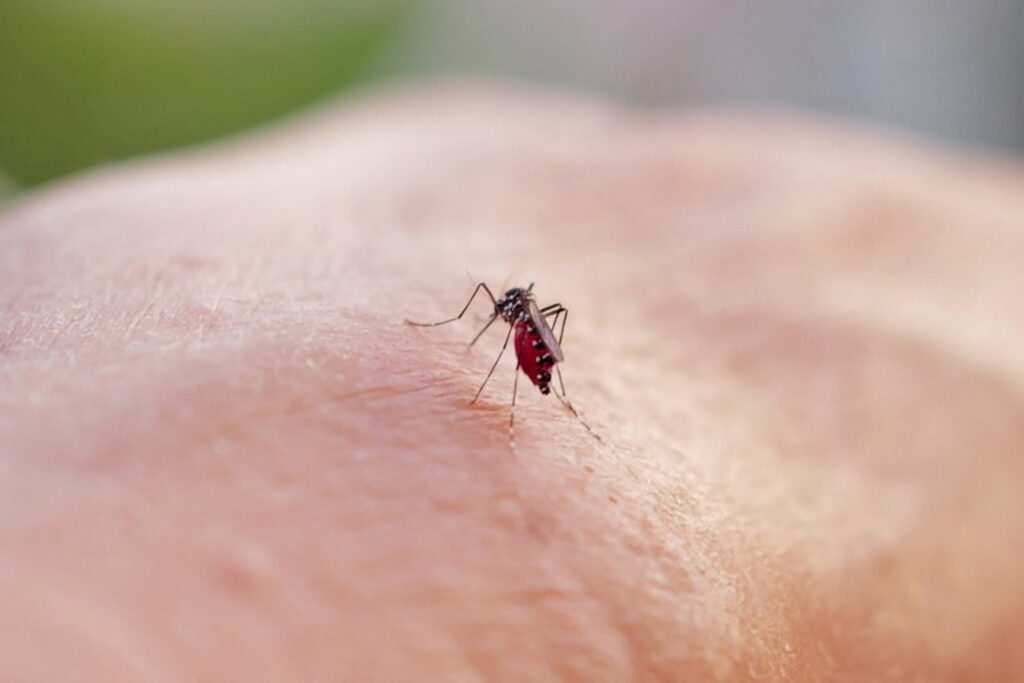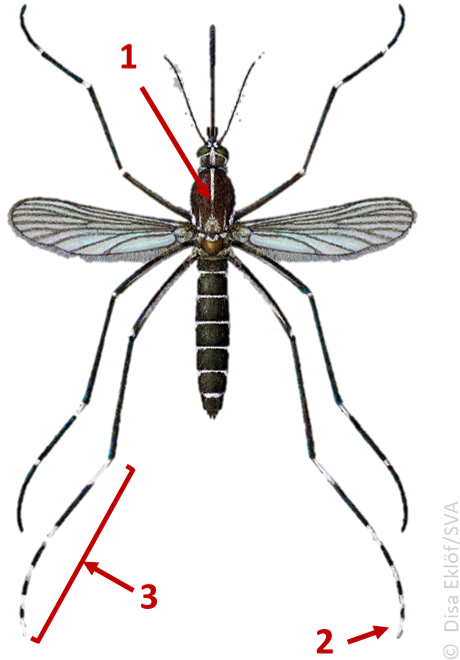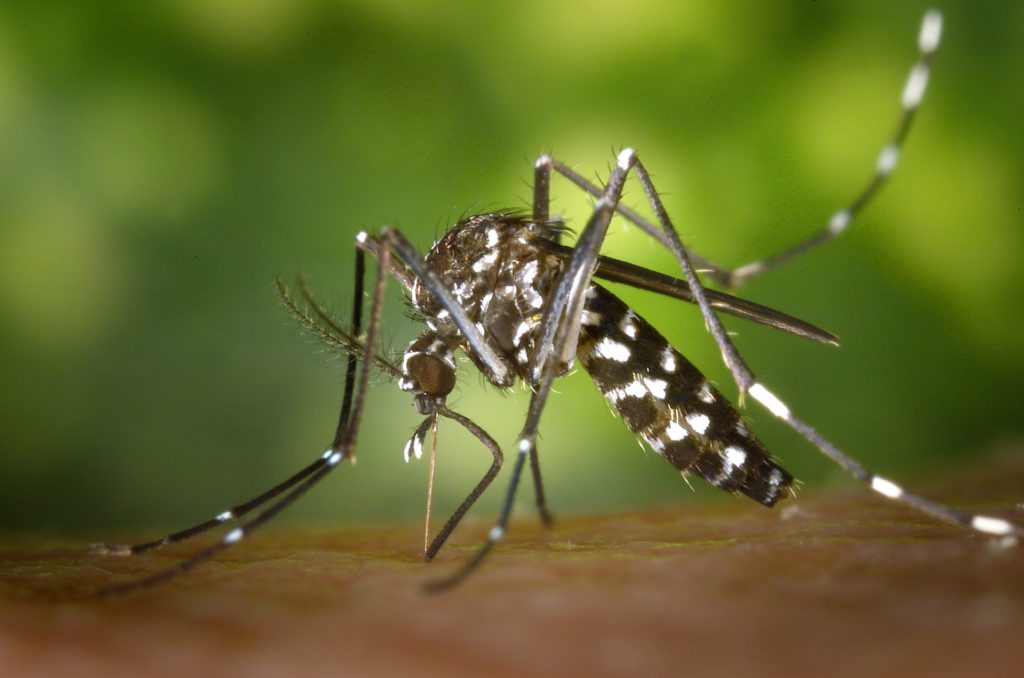There have been 13 confirmed reports of tiger mosquitoes in nine different locations across Belgium since the start of the year, the Sciensano National Health Institute announced in a press release.
As of May, tiger mosquitoes have been found in nine different locations, including six new ones – Boom, Humbeek, Ghent and Schelle in Flanders; Verviers in Wallonia; and Saint-Josse-ten-Noode in Brussels. The other three locations were in Flanders (Wilrijk, Kessel-Lo and Wolfsdonk).
"The tiger mosquito reports at four of the six new locations were made during the first three months of the season, which is remarkable given that the peak of reports normally occurs in August and September," Sciensano said.
The biggest danger of tiger mosquitoes is that they can transmit various pathogens. In particular, they are important vectors of the dengue virus, the Zika virus and Chikungunya virus. They also transmit the West Nile virus. Tiger mosquitoes are aggressive when looking for a blood meal, to the point that people start to avoid certain places.
Warm winter
As well as being seen at new locations, surveys of where the insects spend winter were also conducted at the beginning of the mosquito season. This insight into the mosquito's winter behaviour is essential for risk assessments and adapting control strategies.
This year, tiger mosquitoes were confirmed to spend winter at three new locations: Ath (Wallonia), Puurs-Sint-Amands and Kessel-Lo (both Flanders). Together with last year's confirmations in Wilrijk and Lebbeke, there are now five locations in Belgium where the tiger mosquitoes are known to spend the winter months.
"In 2023 we collected larvae from different gardens in each of these locations, indicating a growing tiger mosquito population. The unusually warm winter further boosted the survival of overwintering eggs," said Isra Deblauwe, an entomologist at the Institute of Tropical Medicine (ITG).

Credit: Belga
Sciensano could only actively monitor a few selected locations but says tiger mosquitoes almost certainly overwinter in more places. "That's why we call on citizens to continue reporting in already known areas. Stay vigilant. This helps us to evaluate the overwintering and map the distribution."
The institute warns people that stagnant water provides an ideal breeding ground for mosquitoes. It urges the public to continue monitoring the situation and report potential sightings through the citizen science platform muggensurveillance.be.
How to recognise a tiger mosquito
The tiger mosquito is a small black mosquito. On average, it is between 4-5 millimetres in size and certainly no larger than 9 millimetres. It can mainly be recognised by the white stripe on the back of its head and back and the five white stripes on its legs. The end of the two hind legs are completely white.
Tiger mosquitoes are sometimes confused with the yellow fever mosquito (Aedes aegypti). Although the yellow fever mosquito also has striped legs, its black back has a silver pattern reminiscent of the lyre, the musical instrument (in contrast to the white stripe on the black back of the tiger mosquito).

Tiger mosquito. Credit: Sciensano

